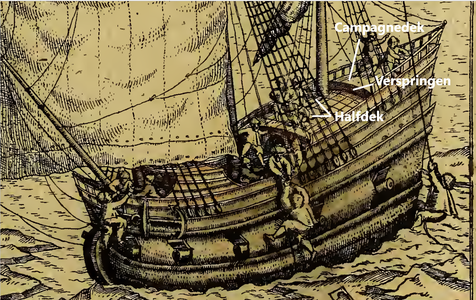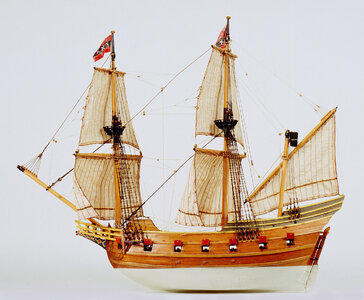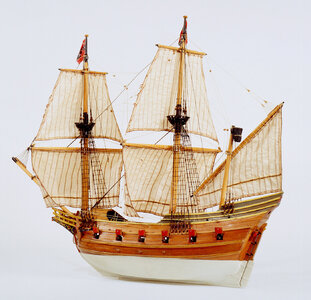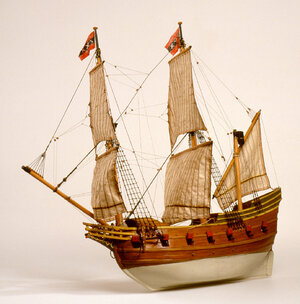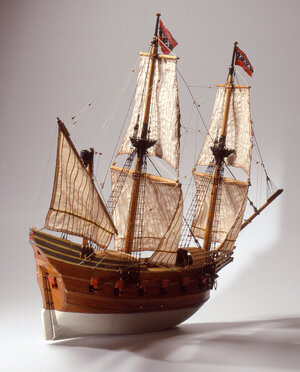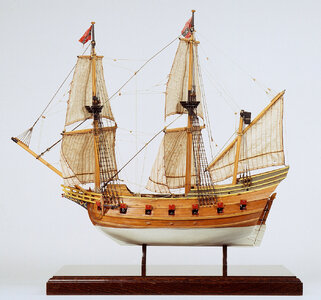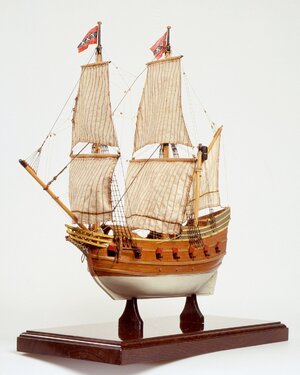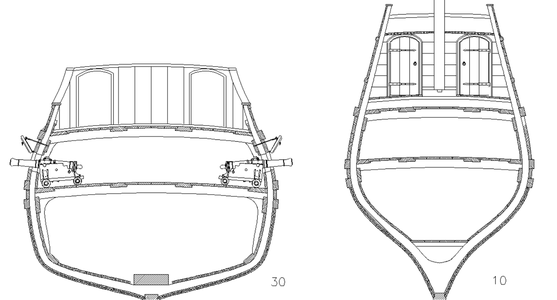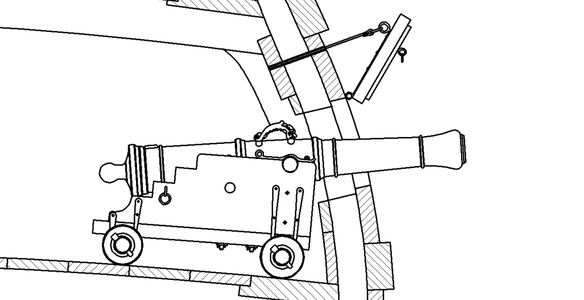Hello Dear Friends
This is just a quick update while I wait for Hans to return from his short holiday so that I can finalize discussions with him.
With the majority of the research done, it’s time to decide which configuration to follow – (A) Hoving, (B) De Weerdt or (C) a combination of the two. Ideally, I didn’t want to take option C; if I could manage to stick to either A or B, I would at least be correct with regards to one interpretation. Alas, the best laid plans of men and mice are sometimes just that. The reason? I also had to consider the Kolderstok kit, the way that Hans had designed it and the “limitations” that that brought with it. That brought about certain outcomes that were almost predestined.
Let's just look at two examples:
Example 1 The Windlass
Irrespective of whose interpretation of the windlass position is correct, lack of space means it is impossible to fit a functional windlass into the bow of the Kolderstok model. Therefore, I have no other option but to follow De Weerdt and place the windlass in the same position where I have placed it on my current build. Thus, I have no other option but to follow De Weerdt in this regard.
Example 2 The Helmsman's Hut
Hoving uses a tiller for controlling the rudder which means that there is no helmsman’s hut. De Weerdt uses a whipstaff (kolderstok) and he does include the helmsman’s hut. The way that Hans has designed the Kolderstok model, is based around including the helmsman’s hut. Sure, it’s a nice touch which I like, but that does not mean it is correct. After a nice chat with Ab, I am convinced that the Willem Barentsz did not have such a “hen’s hut” (you have to love Ab's comments) ; but to change it on the Kolderstok kit will be a challenge. Not impossible, but difficult.
Example 3: The Hull Shape and Lines
Hans has designed the Kolderstok kit around the Ab Hoving hull shape and lines. I am very comfortable with this as Ab had the final version of his hull design calculated and moderated by a Navy shipbuilding expert, the late Theo van Harpen, but the point I am trying to make is that I was left with no choice.
Lastly, I want to show you how dangerous interpretation is.
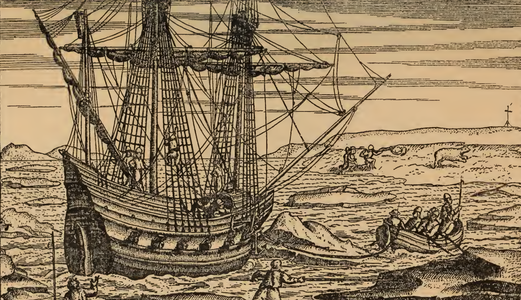
This is the original drawing from De Veer's journal (the famous Plate 8) which is generally regarded as probably the best drawing to show the ship’s details.
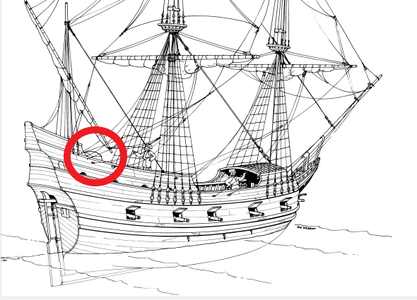
Using the same perspective and angle of view as Plate 8, Gerald De Weerdt has created this line drawing based on his interpretation of De Veer’s journal.
Where did the helmsman’s hut (circled in red) come from when it is nowhere to be found on the original drawing?
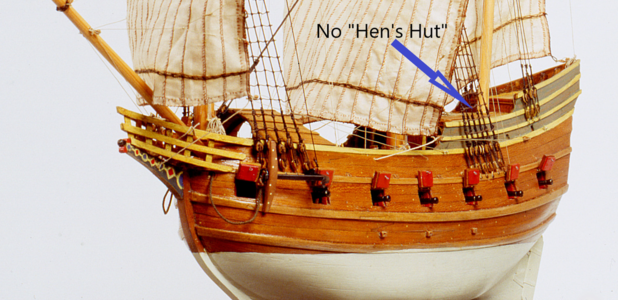
Until next time folks!










